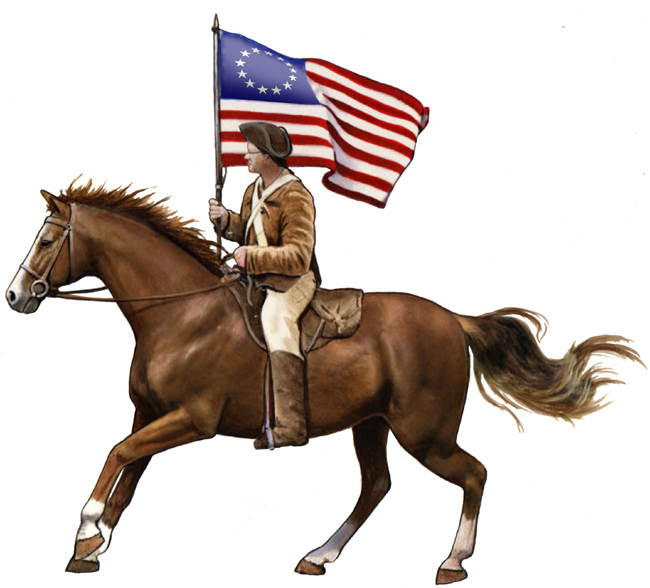|
|
| Thoroughbred |
|
 |
|
This superior breed of racehorses was developed in 17th
century England from imported Arabian stallions and English mares.
.Thoroughbred racing in North America began with
an "English style race" held at Annapolis, Md. in 1745. |
The term Thoroughbred
describes a breed of horse whose ancestry traces back to three
foundation sires -- the Darley Arabian, the Godolphin Arabian and
the Byerly Turk. Named after their respective owners -- Thomas
Darley, Lord Godolphin and Captain Robert Byerly -- these three
stallions were brought to England from the Mediterranean Middle East
around the turn of the 17th century and bred to the stronger, but
less precocious, native horse. The result was an animal that could
carry weight with sustained speed over extended distances, qualities
which brought a new dimension to the burgeoning, aristocratically
supported, sport of horse racing.
So began a selective breeding process
which has been going on for more than 300 years, breeding the best
stallions to the best mares, with the proof of superiority and
excellence being established on the race track. Key to this
selective breeding process is the integrity of the breed's records.
In early days, Thoroughbred breeding records were sparse and
frequently incomplete, it being the custom, among other things, not
to name a horse until it had proved outstanding ability. It was left
to James Weatherby, through his own research and by consolidation of
a number of privately kept pedigree records, to publish the first
volume of the General Stud Book.
He did this in 1791, listing the
pedigrees of 387 mares, each of which could be traced back to
Eclipse, a direct descendent of the Darley Arabian; Matchem, a
grandson of the Godolphin Arabian; and Herod, whose great-great
grandsire was the Byerly Turk. The General Stud Book is still
published in England by Weatherby and Sons, Secretaries to the
English Jockey Club. |
Image copyright Feenixx Publishing.
All right reserved. May not be used without prior written consent. |
|